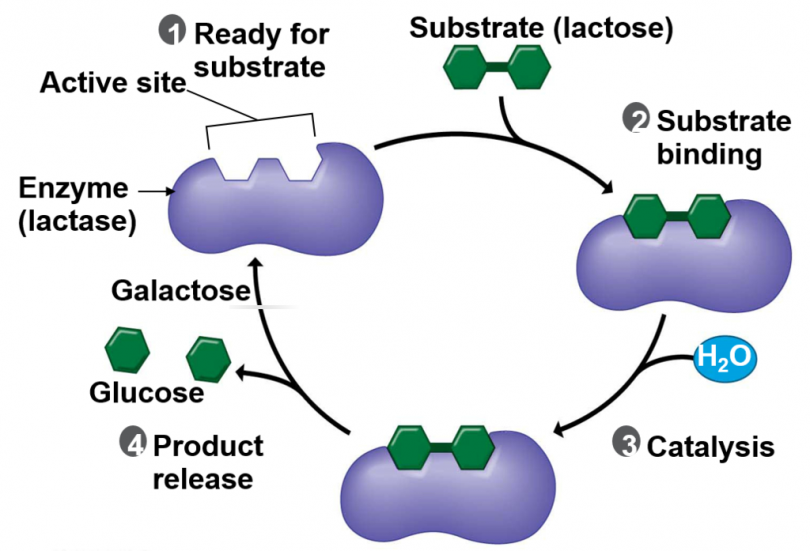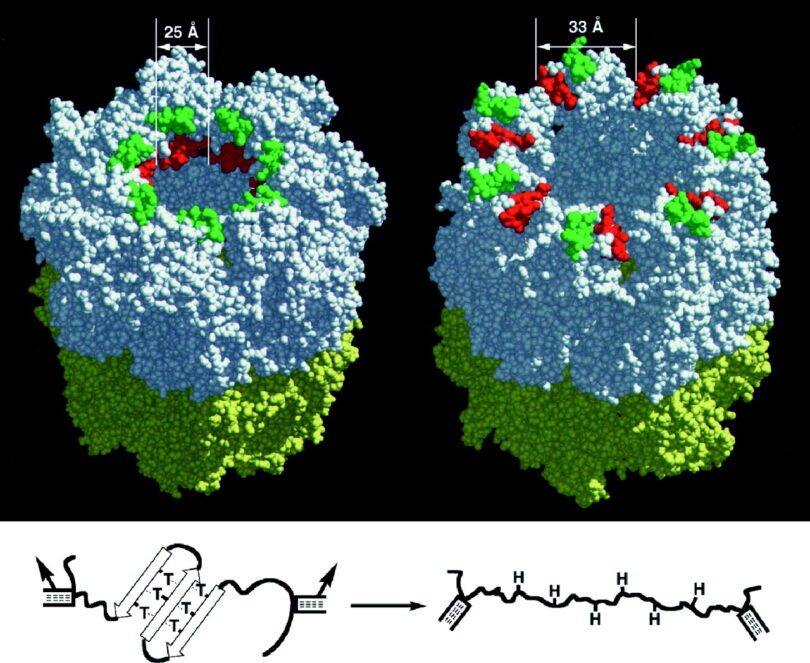The Claim of “Evolution” (overview)
Beneficial germline mutations require evolution (aka universal common ancestry, Modern Synthesis, Neo-Darwinism, Darwinian evolution, etc.) to have a mechanism to deliver the metamorphosis of the novel (all new) organisms (phyla, not species). The claim is that such beneficial germline mutations impacted the gametes of life forms. This explains how single-cellular life forms like bacteria eventually birthed multi-cellular life forms like fishes, frogs, reptiles to mammals, and the pinnacle monkeys to humans.
Evolution works by Natural Selection
Upon light inspection, Natural Selection is comprised of two distinct phenomena: (1) Reproduction and (2) “Beneficial” germline mutations that derive physiological gains to viable offspring, ultimately as a means of deriving all the vast variety of life as we observe it today. Below, the diagram explains this as The Modern Synthesis.
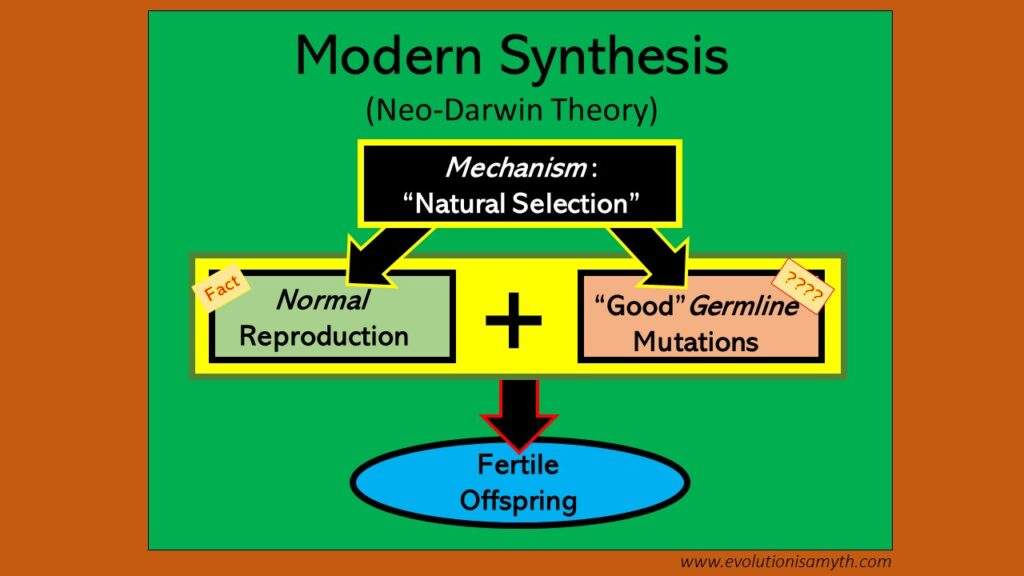
How biology makes living things
Biology works within a three-dimensional world of interlocking and prohibitive shapes. Proteins work in teams throughout biology. The assembly of the protein chains is derived from highly specified genetic codes copied by RNA from DNA. This code translates into protein chains. The shapes of proteins are formed by a massively complex folding process.
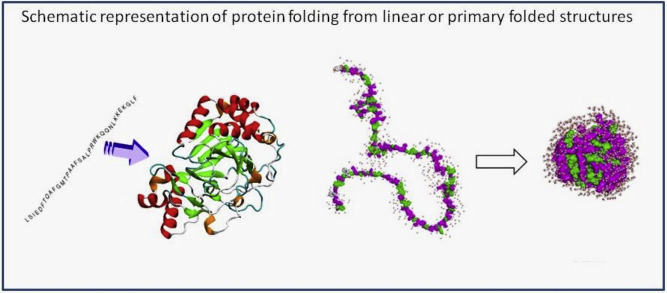
A copy of the gene (mRNA) is delivered to the ribosome, translating the information into a chain of amino acids like a ticker tape. Each of the twenty amino acids is delivered to the site by specialized transporters (called tRNA). The protein chain (the “gene”) uses three-letter segments called “codons.” The arrangement of these codons determines exactly how the protein will fold (what shape the protein ultimately becomes).
Note: The average length of a protein chain is about 350 with a maximum for a flexible muscle fiber called Titin which is well over 35,000.
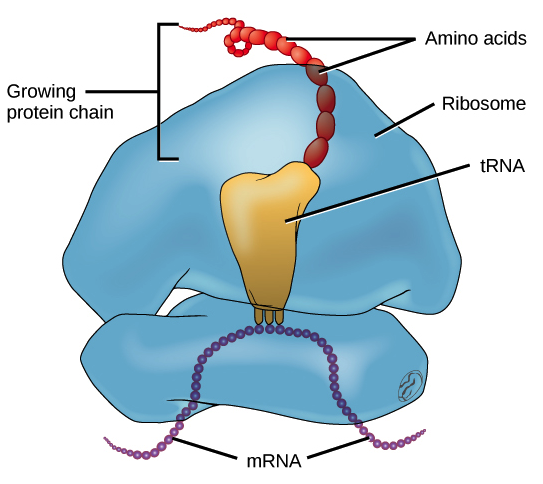
How mutations impact biology
Some codon sequences do not affect the protein’s folding and can pass as neutral, although recent research is finding that maybe there is no such thing as silent mutations– even these are harmful. -6 Those that affect the folding of the protein derive degradation by deleterious effects, causing malformed and unusable proteins in the living cell. This is why even those mutations that can subjectively be thought to provide a benefit ultimately derive dysfunction, disease, and death. This phenomenon is called an unsolvable biological reality called Levinthals Paradox.
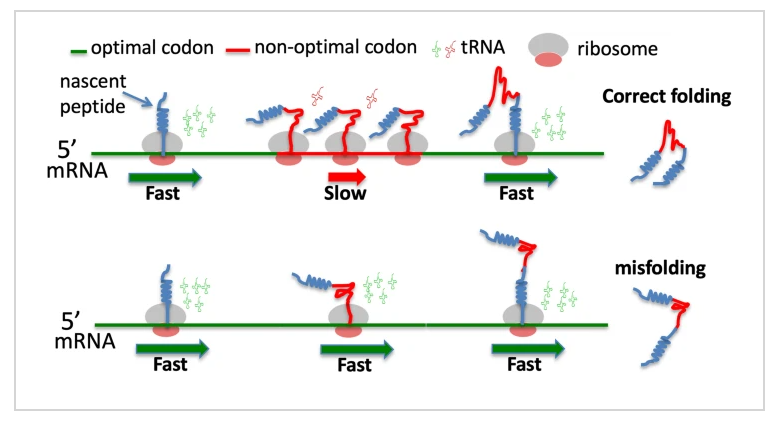
The problem of protein folding is one of the most important problems of molecular biology. A central problem (the so called Levinthal’s paradox) is that the protein is first synthesized as a linear molecule that must reach its native conformation in a short time (on the order of seconds or less). The protein can only perform its functions in this (often single) conformation. The problem, however, is that the number of possible conformational states is exponentially large for a long protein molecule. Despite almost 30 years of attempts to resolve this paradox, a solution has not yet been found.
https://www.sciencedirect.com/science/article/abs/pii/S0079610717300846#preview-section-references. Bold is mine.
Mutations (that are not neutral) alter the three-dimensional shape of proteins.
Proteins work in teams, so the newly hatched mutant has no enzyme or transporter partner. It is unusable to the cell. This is how cancers and tumors form. Biology does not function in a bubble; foreign entities (mutated proteins) can derive a cascade of interrelated and unintended side effects. Malformed proteins are devastating to biological function. Mutations directly cause countless diseases, cancers, deformities, tumors, congenital disorders, disabilities like Autism, and premature fetal death.
This is why seeking out any supposed “beneficial” mutation, regardless of how subjective that benefit might be, is like looking for a needle inside a haystack, a haystack bigger than the entire Milky Way.
“Lactose Tolerance Mutation” LCT (lactose) 2q21 Mutation. {b, d}
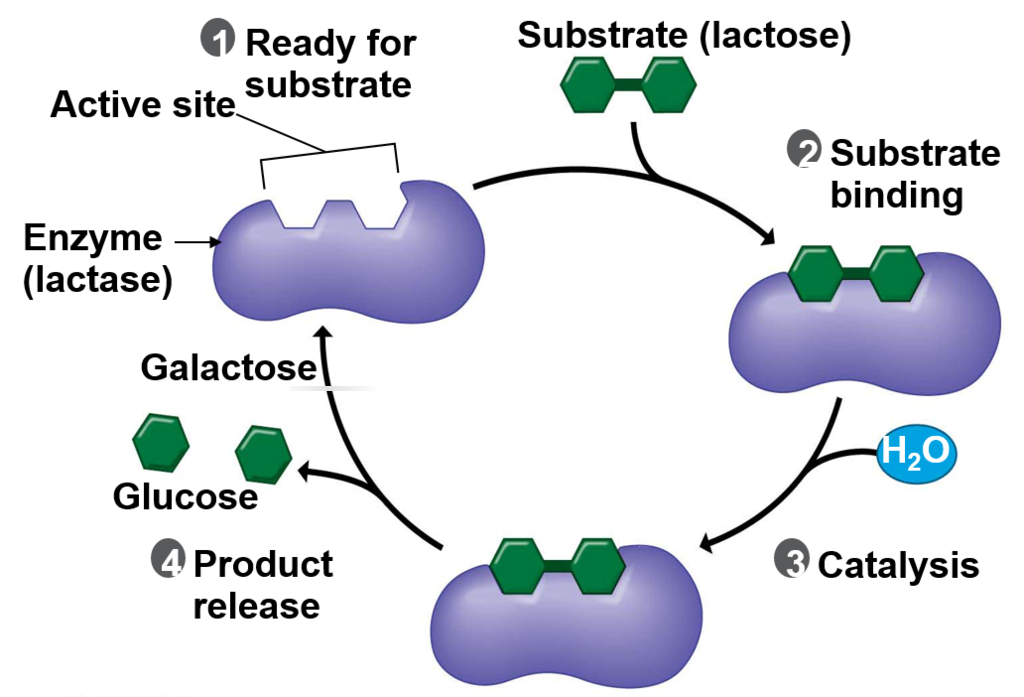
The “Good”
It is not hard to understand how having the capacity to digest dairy (lactose) is a survival benefit for any mammal– humans are no exception. The claim is this ability to digest lactate into adulthood was derived from a fortuitous germline mutation long ago. -1 But can this be substantiated? NO.
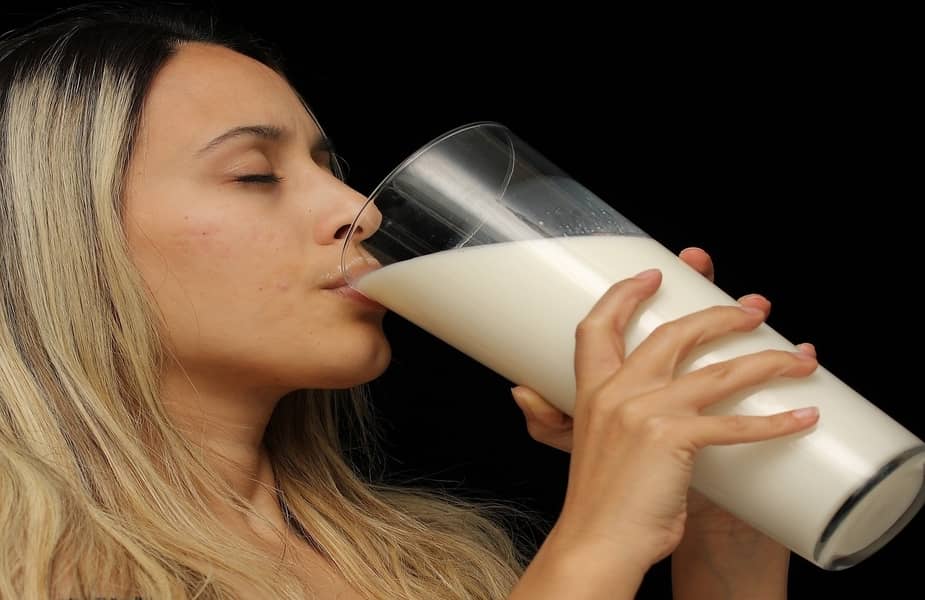
The story
Evolution theorizes that humans first emerged a few million years ago after climbing out of the trees and beginning to walk bipedally (upright on two legs). Then, much later, naturalists presume that humans must have developed the ability to digest dairy products by a mutation that occurred 2,000 – 20,000 years ago in a region near modern-day Turkey. -1 The idea concludes that humans must have domesticated cows, goats, and sheep. -1 The story reasons that repeated exposure to the lactase enzyme in dairy eventually caused a random genetic mutation in the germline, enabling humans to digest dairy into adulthood.
Reality
The biological mechanism that enables lactose digestion is complex. First, lactose digestion uses a system called a negative feedback loop. This function involves many proteins that function together to enable the digestion of lactate. -2 Second, lactose is a sugar broken down by an enzyme called lactase provided by heredity, and lactose intolerance in adulthood is a common recessive trait in humans. -3 Third, all humans become more susceptible to an increased lactose intolerance after being weaned.-3
After the weaning period is over, lactase production usually declines, although the mechanisms and evolutionary reasons for this downregulation are not fully understood. However, some humans continue to express lactase throughout adult life, and are thus able to digest the lactose found in fresh milk.”
3- Gerbault P, Liebert A, Itan Y, Powell A, Currat M, Burger J, Swallow DM, Thomas MG. Evolution of lactase persistence: an example of human niche construction.
Fourth, while fragments of DNA have been discovered in many fossils, they are fragmented and incomplete sequences-4, which, therefore, cannot substantiate the “emergence by fortuitous mutations” theory. Isolating any fully mappable DNA sample from thousands of years ago as a “premutation” condition is now impossible. -4 Fifth, arguably, those plagued by lactose intolerance might be best described as having a disability -5 instead of tolerance as a gain of function. Sixth, all mammals and humans are born able to digest lactose from breast milk. This must have been true throughout human existence because we would have gone extinct in one generation without this ability.
Lactose digestion by a negative feedback loop.
The biological mechanisms behind lactose digestion are complex, using a negative feedback loop that breaks the molecular bond by employing a highly specialized enzyme called lactase. This enzyme separates the sugar from the lactose molecule so it can be digested. Humans are born to digest lactose because their mothers feed them breast milk. As we age, the genetic expressions behind lactose digestion fade. -2 The rate of this recession varies between individuals, but most humans are less capable of lactose digestion than at birth. -2
The idea that lactose tolerance emerged from a mutation cannot be substantiated by genetic evidence from thousands of years ago. We know which gene it resides in today, but such knowledge provides little information about how it might have emerged. To make this leap, we must employ assumptions not based on observable evidence but on deductions and inferences.
The Claim is plausible but not substantiated by evidence
This (supposed) beneficial development of lactose tolerance in human adults, as emerging by a beneficial germline mutation thousands of years ago, is plausible. However, the claim is unsubstantiated by genetic evidence found in the present or in fossils that are fragments at best.
It reasons that intolerance must be true because humans originally were monkeys and did not have any dairy products in their diets. Here, the stated assumption relies upon the very thing it is proposed to have demonstrated in the first place. The assumption that lactose tolerance developed from a prior intolerance is a ‘begging-the-question’ logical fallacy that presumes the theory of evolution is true to begin with.
Just as eye coloration in humans is based on allelic traits thousands of years ago, so does this claim infer that it was a mutation about 6,000-10,000 years ago. Any assumption of this occurring due to a beneficial germline mutation is therefore found to be based on speculation because, as far as we know, humans have always digested lactose. If not, we would not be here!
Sources:
1- https://www.npr.org/sections/thesalt/2012/12/27/168144785/an-evolutionary-whodunit-how-did-humans-develop-lactose-tolerance168144785/an-evolutionary-whodunit-how-did-humans-develop-lactose-tolerance.
2- Misselwitz B, Butter M, Verbeke K, Fox MR. Update on lactose malabsorption and intolerance: pathogenesis, diagnosis and clinical management. Gut. 2019 Nov;68(11):2080-2091. doi: 10.1136/gutjnl-2019-318404. Epub 2019 Aug 19. PMID: 31427404; PMCID: PMC6839734. https://www.ncbi.nlm.nih.gov/pmc/articles/PMC6839734/
3- Gerbault P, Liebert A, Itan Y, Powell A, Currat M, Burger J, Swallow DM, Thomas MG. Evolution of lactase persistence: an example of human niche construction. Philos Trans R Soc Lond B Biol Sci. 2011 Mar 27;366(1566):863-77. doi: 10.1098/rstb.2010.0268. PMID: 21320900; PMCID: PMC3048992. https://www.ncbi.nlm.nih.gov/pmc/articles/PMC3048992/#:~:text=After%20the%20weaning%20period%20is,lactose%20found%20in%20fresh%20milk
4 – Mélanie Pruvost, Reinhard Schwarz, Virginia Bessa Correia, +5 “Freshly excavated fossil bones are best for amplification of ancient DNA” Jan, 2007, 104 (3) 739-744; https://doi.org/10.1073/pnas.0610257104
5- https://dpi.wi.gov/sites/default/files/imce/community-nutrition/pdf/cacfp_special_dietary_needs.pdf
6- Erickson, Jim “Most ‘silent’ genetic mutations are harmful, not neutral, a finding with broad implications” University of Michigan News, June, 2022, https://news.umich.edu/study-most-silent-genetic-mutations-are-harmful-not-neutral-a-finding-with-broad-implications/

